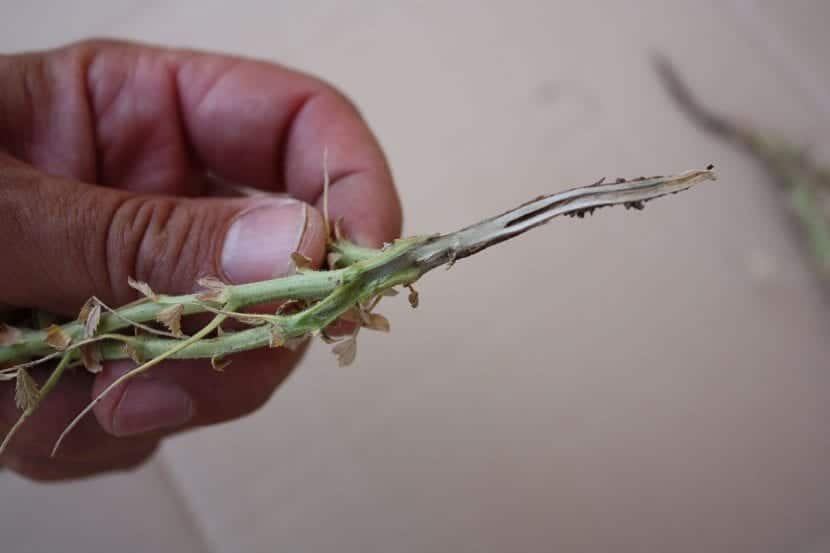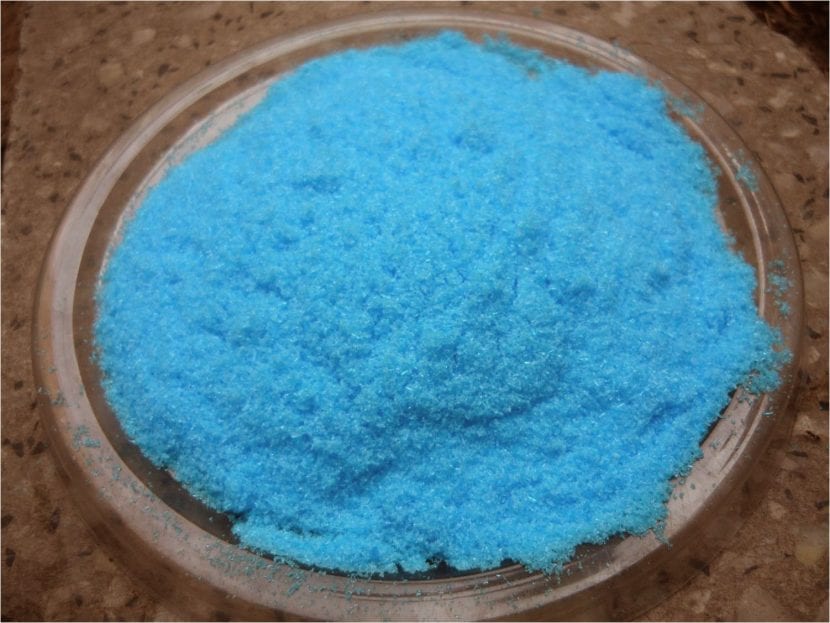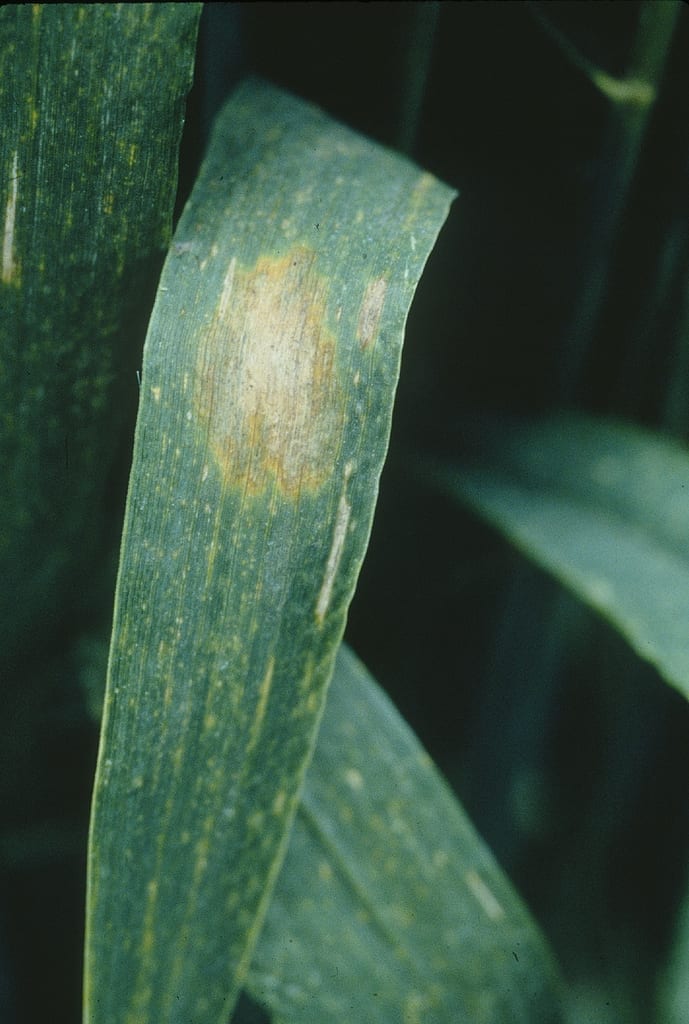
Plants can be affected by various microorganisms throughout their life. Viruses, bacteria and fungi that will test your resistance and your ability to cope. Among the latter, there is one in particular that affects crops very frequently, and that is the Fusarium.
This is a living being that lives in the ground and that takes action when the vegetables are receiving excess water. Let us know what the symptoms are and how to eliminate it.
How do you know if a plant has Fusarium?
Fusarium is the genus of a fungus that causes significant damage to crops. There are over a thousand species, and all of them are potentially dangerous to our beloved plants. Once this microorganism enters the plant, multiplies very quickly, causing it to weaken in a matter of a few days.
In fact, when we realize that something is happening it is usually too late. Because, it is convenient to know what symptoms it will show to be attentive:
- Appearance of whitish, yellow, brownish, pink or reddish spots on the leaves and / or stems.
- Wilting and necrosis of the leaves.
- Root rot.
- Growth arrest.
What to do to prevent and / or eliminate it?

Image - Ecological Alternative
Prevention
Fusarium is a fungus that, like everyone else, likes a humid environment. To prevent it It is extremely important that the plants are planted in a soil or substrate that has good sewer system, since in this way the roots will be properly aerated. In this article you have a complete guide to substrates.
But, in addition to using a suitable soil, it will also be necessary that avoid overwatering. Many of the problems that our crops have are caused by excessive irrigation, so before giving them water we must check the humidity of the soil. For this we can use a digital humidity meter, or introduce a thin wooden stick and see how much soil has adhered to it (if it has been little or very little, we can water). It is also advisable not to wet the plants when they are watered, as they could easily rot.
Transmission
If we have diseased plants, we have to do the following:
- Cut out the affected parts.
- Treat them with copper or sulfur in spring and fall, and with a systemic fungicide in summer.
- If they are very bad, it is best to burn them to prevent them from infecting others.
I hope you have learned more about the Fusarium fungus. Remember that prevention is the best cure 🙂.
